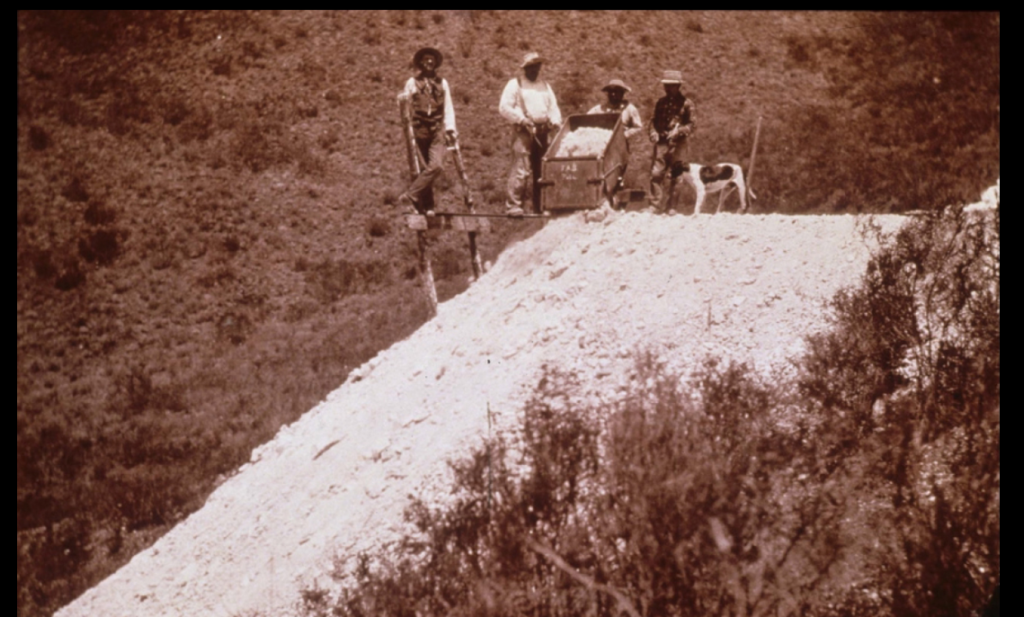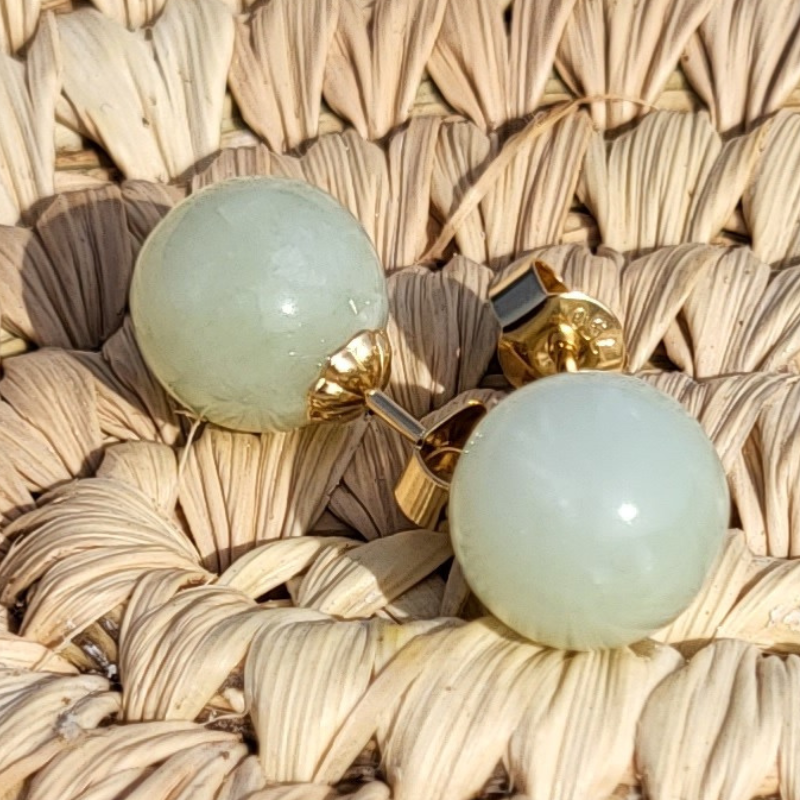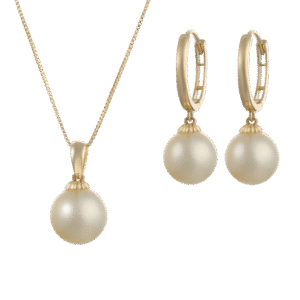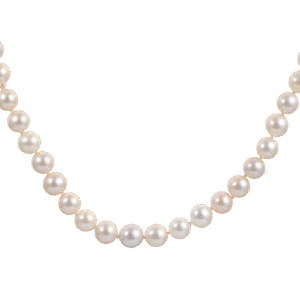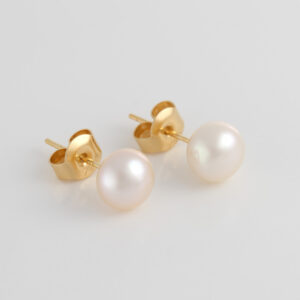Nestled in the rugged mountains above Pala, California, the Stewart Mine stands as a testament to the Golden State’s rich mineral heritage. For over a century, this remarkable site has unearthed dazzling gems, particularly tourmaline, while weaving a fascinating tale of cultural exchange with China.
At our pearl jewelry studio, we cherish the stories behind the treasures we craft, and the Stewart Mine offers a captivating narrative that intertwines California’s gem mining history with Chinese imperial intrigue.
A Spark Ignites in Southern California
Mining in California often conjures images of the 1849 Gold Rush, with prospectors panning rivers for glittering nuggets. However, the Stewart Mine’s story begins later, in the late 19th century, when a different kind of treasure captured attention. After the gold fever subsided, many “forty-niners” drifted south to San Diego County, hoping to strike it rich along the San Luis Rey River.
Instead of gold, they stumbled upon vibrant purple rocks and colorful crystals—lepidolite and tourmaline. These discoveries marked the beginning of a gem mining boom in the region, one that rivaled the Gold Rush in its vibrancy, if not its scale.
Tourmaline, a gemstone celebrated for its rainbow-like variety, first appeared in California records in 1872, though the Pala area soon became its epicenter. By the 1890s, the Stewart Mine emerged as a key player, producing not only tourmaline but also lepidolite, a purple mineral rich in lithium.
During the Industrial Revolution, lithium grease fueled locomotives and machinery, making the mine a vital resource. Yet, while lithium drove economic growth, the tourmaline unearthed here caught the eye of a distant empire—China.
The Chinese Connection Begins
In the late 1800s, Chinese immigrants arrived in California in waves, drawn by opportunities in construction, railways, and mining. At the Stewart Mine, dozens of these laborers joined the workforce, extracting lithium ore during grueling 10- to 12-hour shifts.
However, their curiosity led them beyond their assigned tasks. After hours, with the mine owners’ blessing, they began digging a separate tunnel, chasing the vivid pink tourmaline crystals they found scattered among the rocks. To them, these gems resembled “long, pink jade,” a term reflecting their cultural lens, where “jade” broadly meant any precious stone.
Word of these striking crystals spread quickly. Some miners sent samples to friends and family in China, sparking interest that reached the highest echelons of power—the Imperial Palace.
Empress Dowager Cixi, the formidable ruler of the Qing Dynasty, developed a particular fondness for pink tourmaline. Known for her lavish tastes, she dispatched emissaries to Pala to secure more of these gems, igniting a thriving trade. Consequently, China became the largest market for tourmaline from San Diego County by the early 1890s, with the Stewart Mine at the heart of this exchange.
For our studio, this connection resonates deeply. In a previous pearl post, “Celestial Treasures in Ancient China,” we explored how jade’s cultural significance in China pairs beautifully with pearls’ lustrous appeal.
The Stewart Mine’s pink tourmaline, mistaken for jade, echoes that tradition, blending seamlessly with pearls in jewelry designs that honor both heritage and beauty.
A Tunnel Sealed by History
Sadly, this flourishing trade faced a harsh interruption. In 1882, the U.S. Congress passed the Chinese Exclusion Act, a law that barred Chinese immigration and unleashed widespread persecution. At Pala, Chinese miners suffered greatly. Many fled, their businesses and claims erased from records. Before leaving the Stewart Mine, however, they sealed their secret tunnel, hiding their tourmaline discoveries from prying eyes. For decades, this tunnel faded into legend, dismissed as a myth akin to tales of lost treasure.
Then, in 1970, fate intervened. New owners, including gem enthusiast Blue Sheppard, began blasting through the mountain, seeking fresh tourmaline deposits. Unexpectedly, they broke into the long-forgotten Chinese tunnel. This rediscovery proved transformative. The tunnel led to a “bridal chamber,” a term old miners used for spaces bursting with gems. Here, they found pockets of tourmaline—some worth half a million dollars—alongside morganites, kunzites, and quartz crystals. Sheppard called it a “world-shaking event,” and indeed, it revived the mine’s legacy while honoring the Chinese miners’ contributions.
Tourmaline’s Traditional Appeal
What makes tourmaline so special? Unlike diamonds or sapphires, it boasts more color variety than any other gemstone, earning it the nickname “rainbow gem.” Iron, tin, and other elements infuse it with hues ranging from deep green to vivid pink. Moreover, tourmaline resists laboratory replication, ensuring every piece remains a natural wonder—a quality we value in our pearl jewelry studio, where authenticity reigns supreme. The Stewart Mine’s pink tourmaline, in particular, carries a traditional appeal that captivated Empress Cixi and continues to enchant today.
One standout specimen, unearthed in 1993 by Sheppard and named “The Time Key” for its resemblance to a movie prop, now dazzles visitors at the Smithsonian Institution. Valued at over $1 million, this massive pink tourmaline crystal symbolizes the mine’s enduring impact. Although smaller finds persist, Sheppard estimates that 30 to 95 percent of the mine’s gem pockets remain hidden, waiting to reveal their secrets.
China’s Lasting Influence
The Stewart Mine’s story doesn’t end with the rediscovery of the Chinese tunnel. Its connection to China reflects broader historical currents. The trade in pink tourmaline thrived until 1912, when the Qing Dynasty collapsed, toppling the market with it. Empress Cixi’s death in 1908 had already weakened demand, but the government’s fall sealed the fate of this once-vibrant exchange. Nevertheless, the legacy of Chinese involvement endures in the gems themselves and the cultural bridge they built across continents.
For the Pala Tribe of Luiseno Indians, who share this land, the mine represents a partnership with history. Sheppard, who operated the mine for 36 years, often spoke of his love for the tribe and the land, hoping its riches would bless future generations. Similarly, we at the pearl jewelry studio see parallels in our craft—blending natural gems like pearls to create pieces that honor tradition and inspire awe.
Crafting a Legacy
Today, the Stewart Mine’s gems continue to inspire. Although Sheppard recently shifted his business online, selling gem bags instead of hosting dig sites, his passion for unearthing earth’s treasures lives on. His story, like the mine’s, reminds us that every gem carries a journey—sometimes spanning oceans and empires.
So, next time you admire a piece of jade jewelry, think of the Stewart Mine. Imagine the Chinese miners who dug in secret, the empress who coveted their finds, and the modern explorers who keep this legacy alive. It’s a tale of resilience, beauty, and connection—one we’re proud to share through our craft.
The featured image is West adit dumps in 1904. Tourmaline Queen Mountain (Pala Mtn; Queen Mtn), Pala, Pala Mining District, San Diego County, Calif. Copyright 1904 Waldemar T. Schaller. Public Domain.

